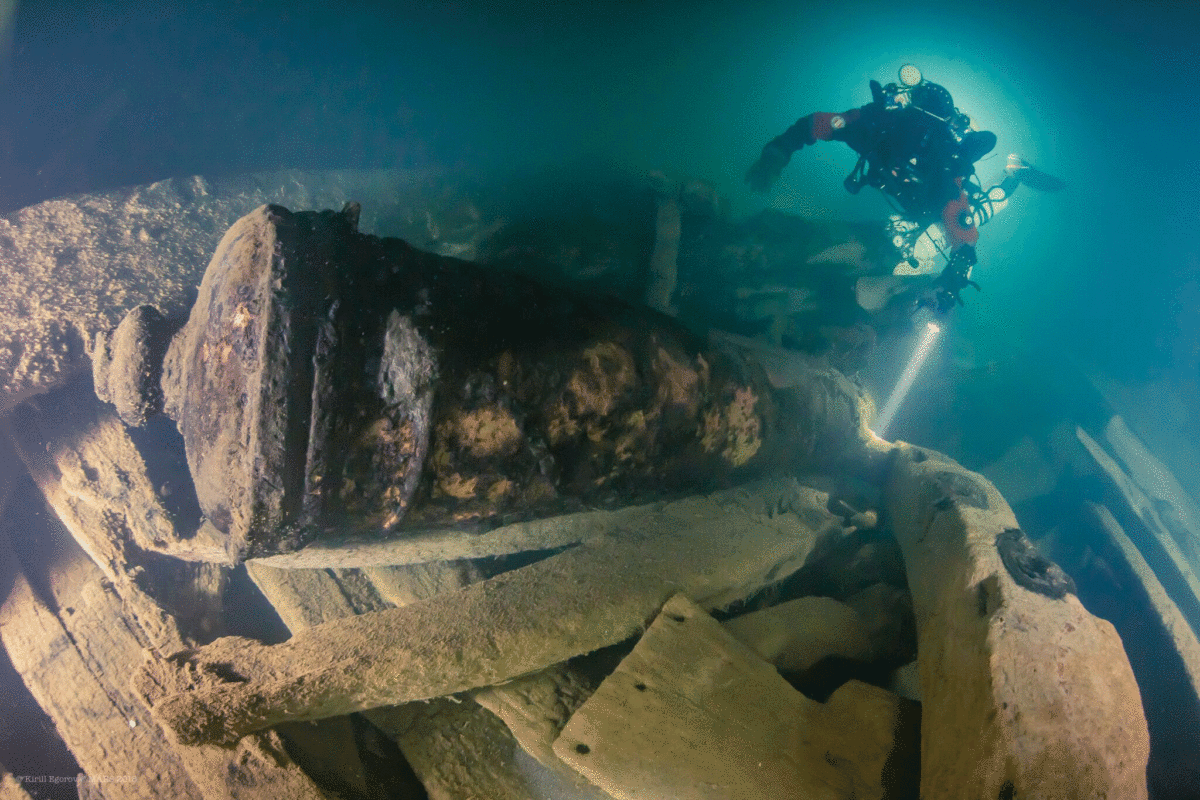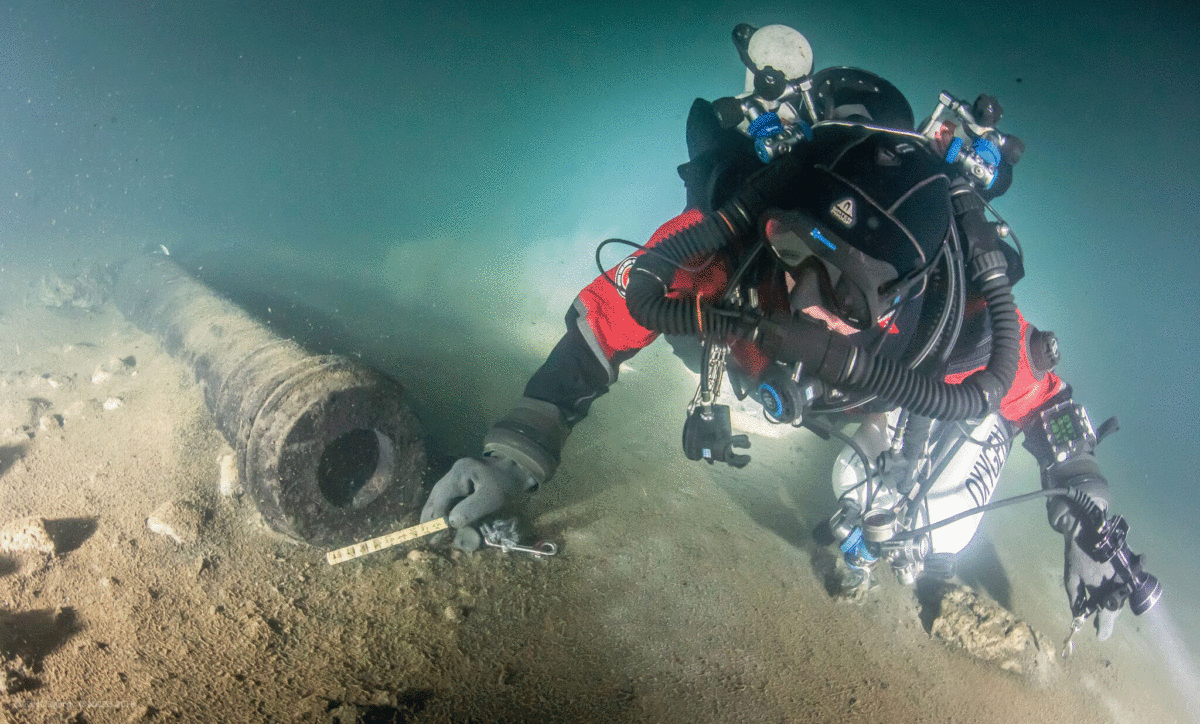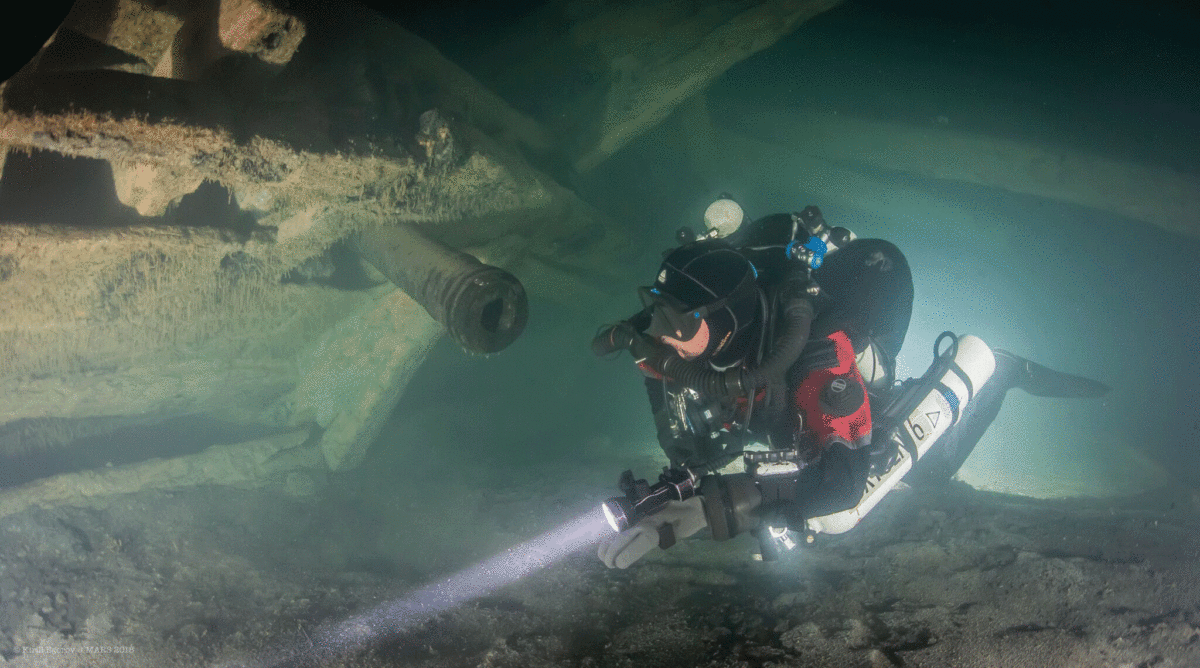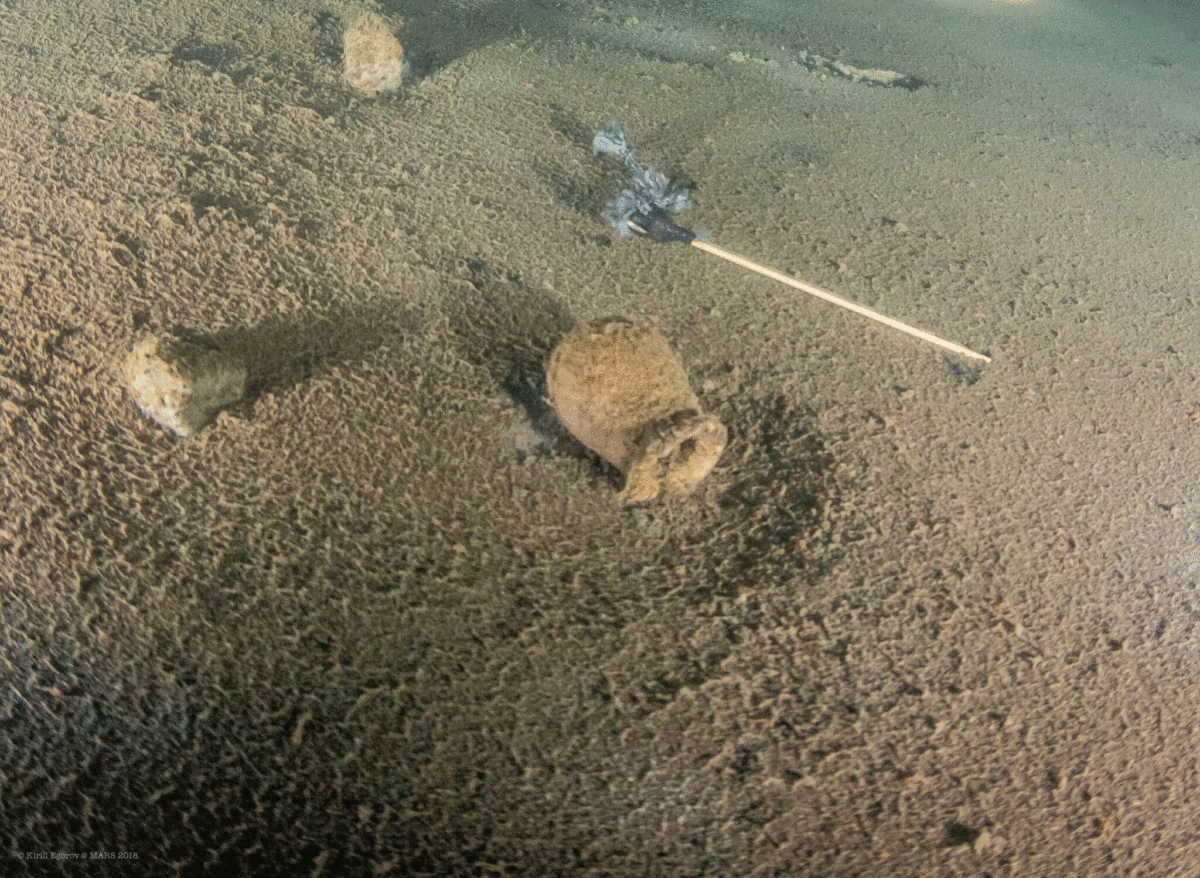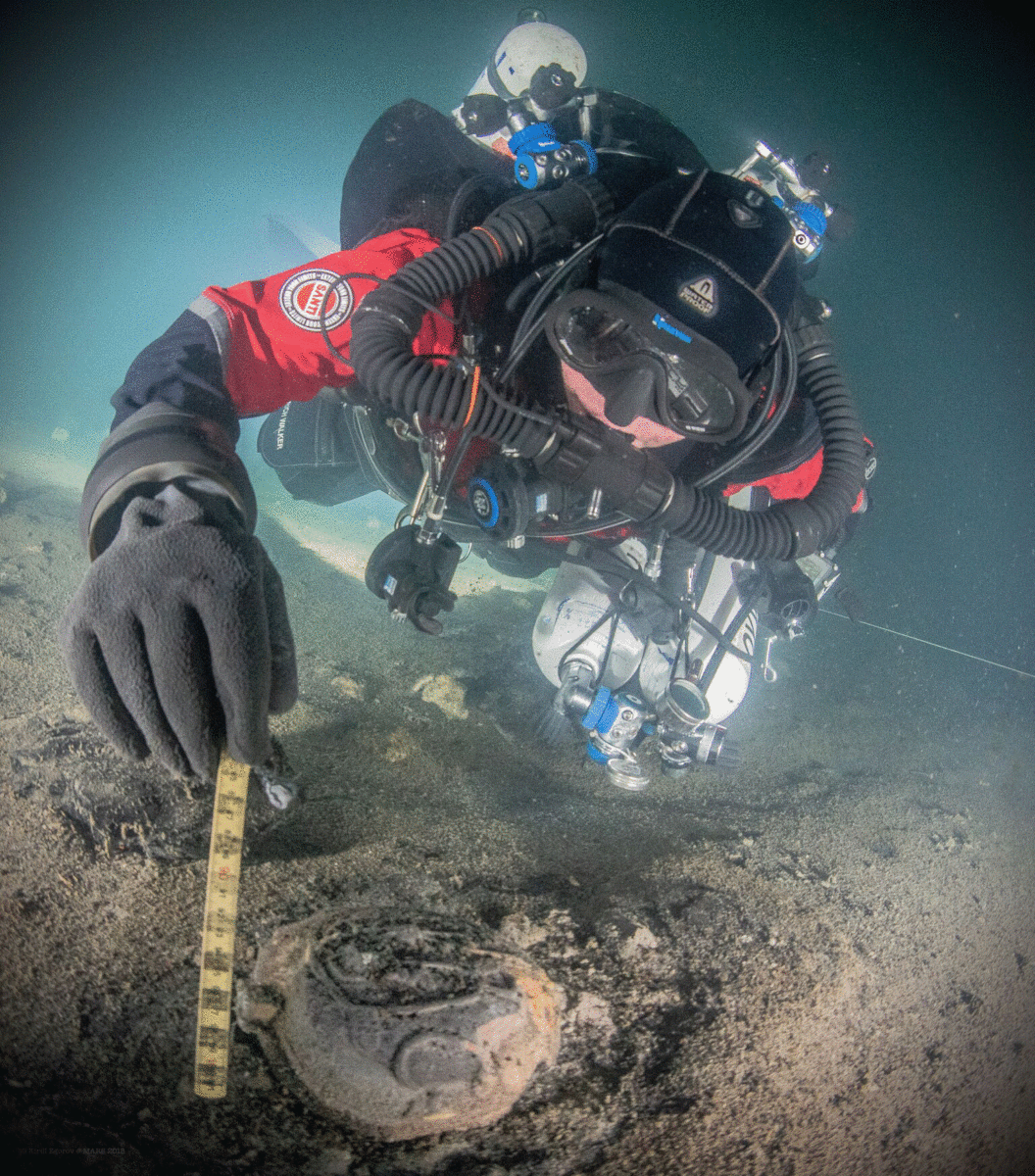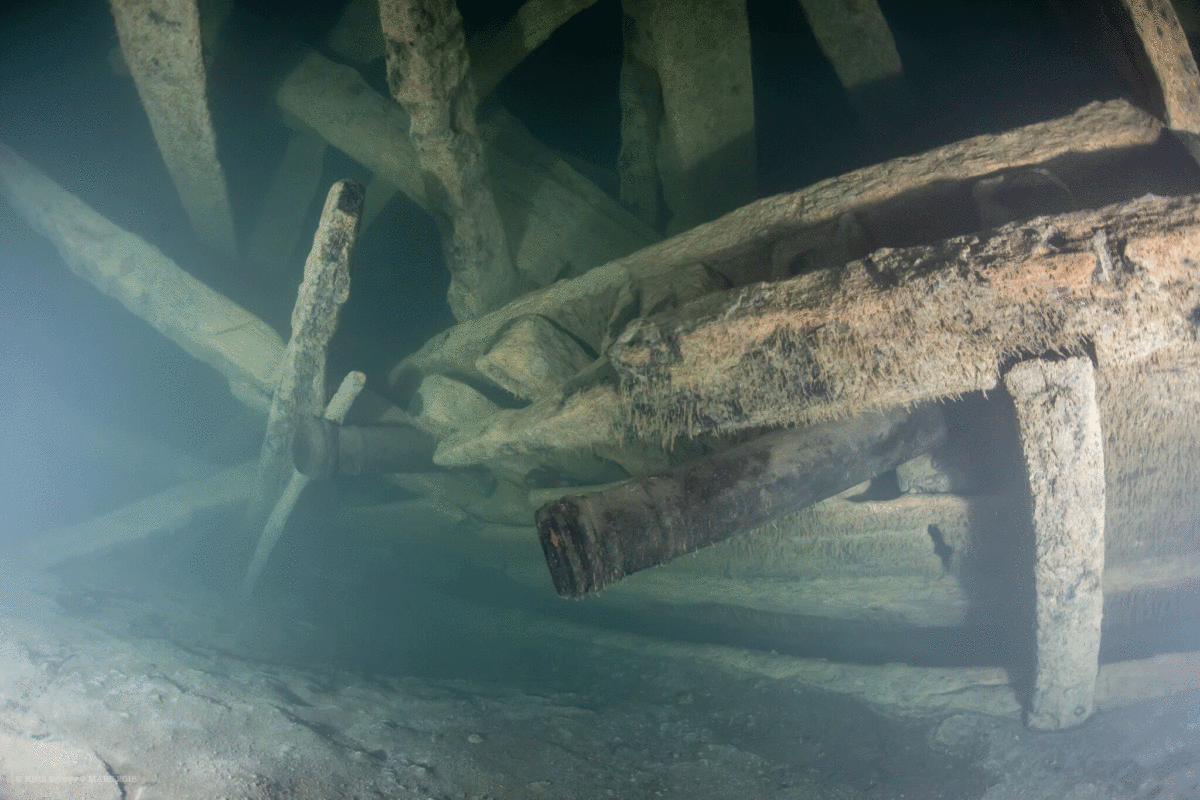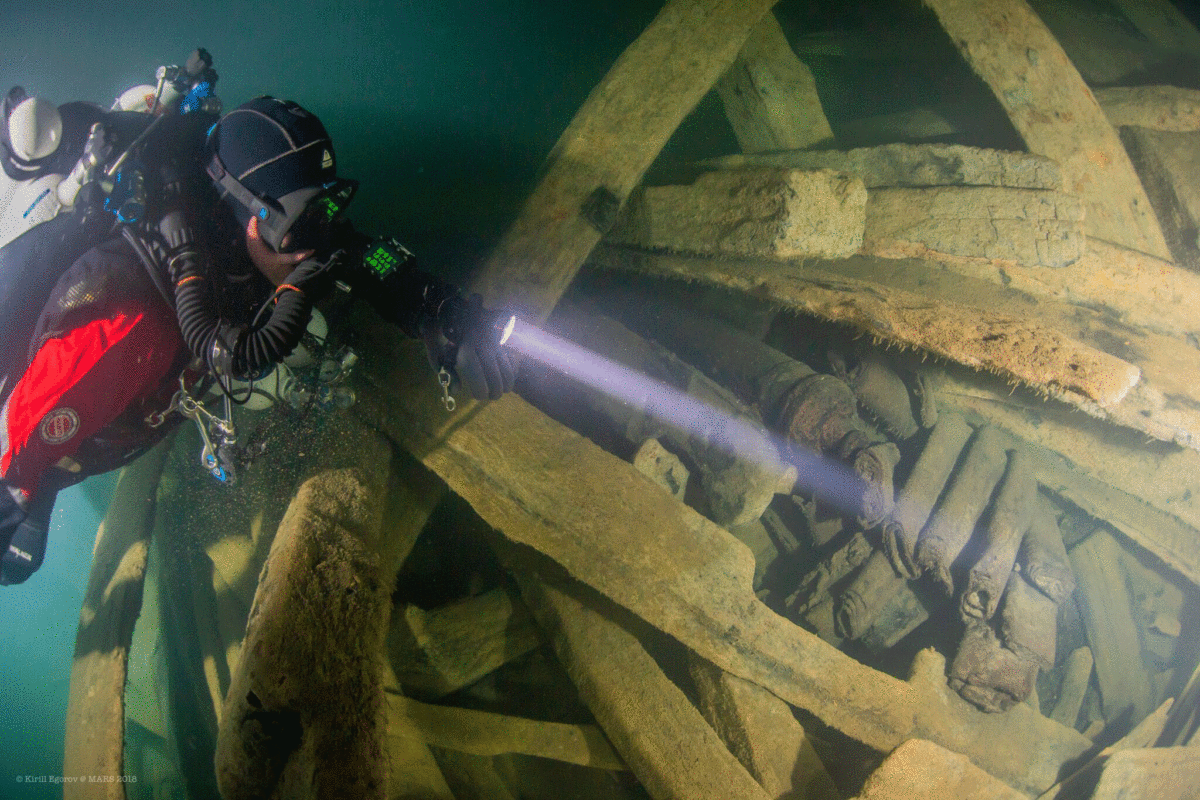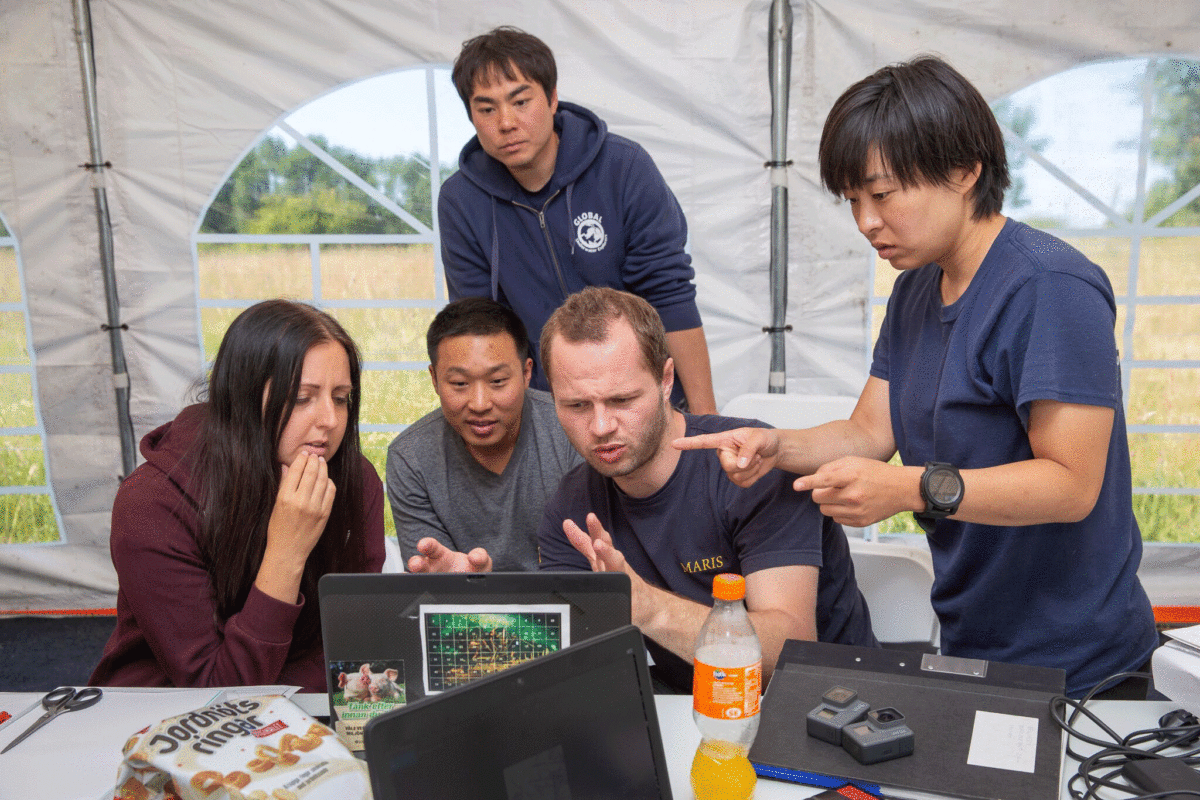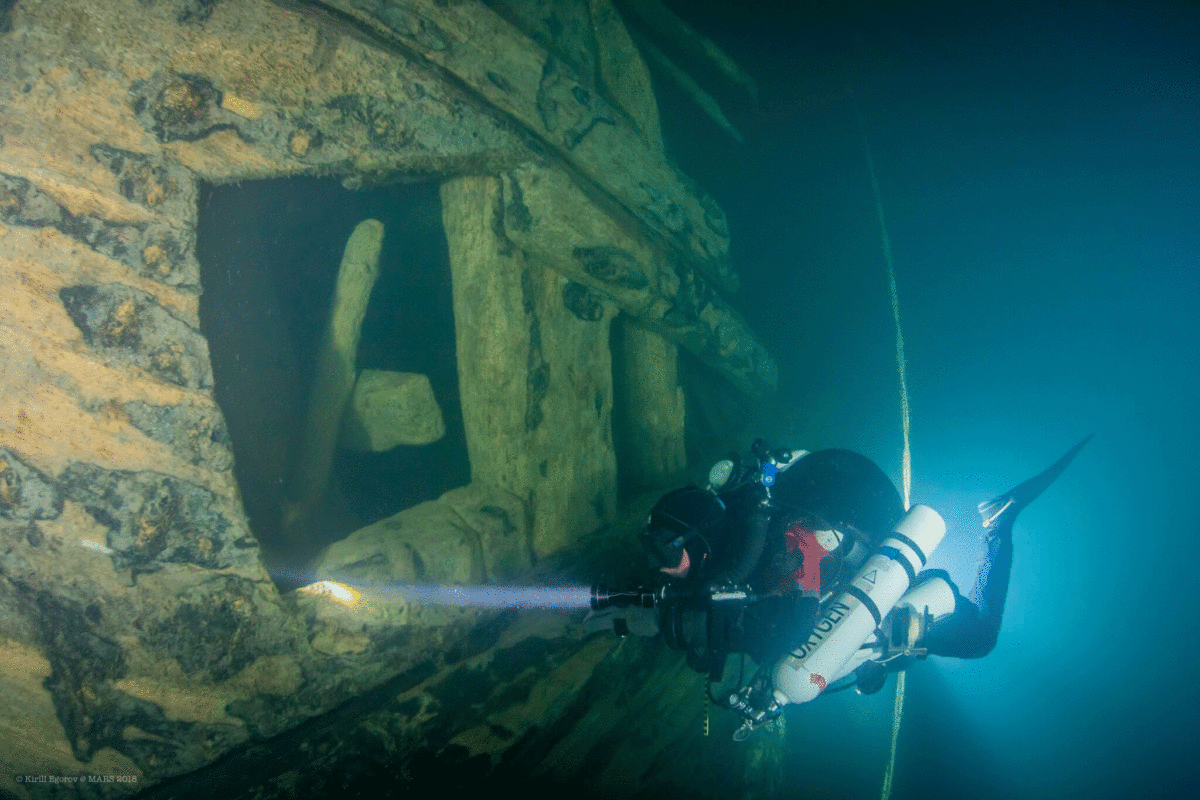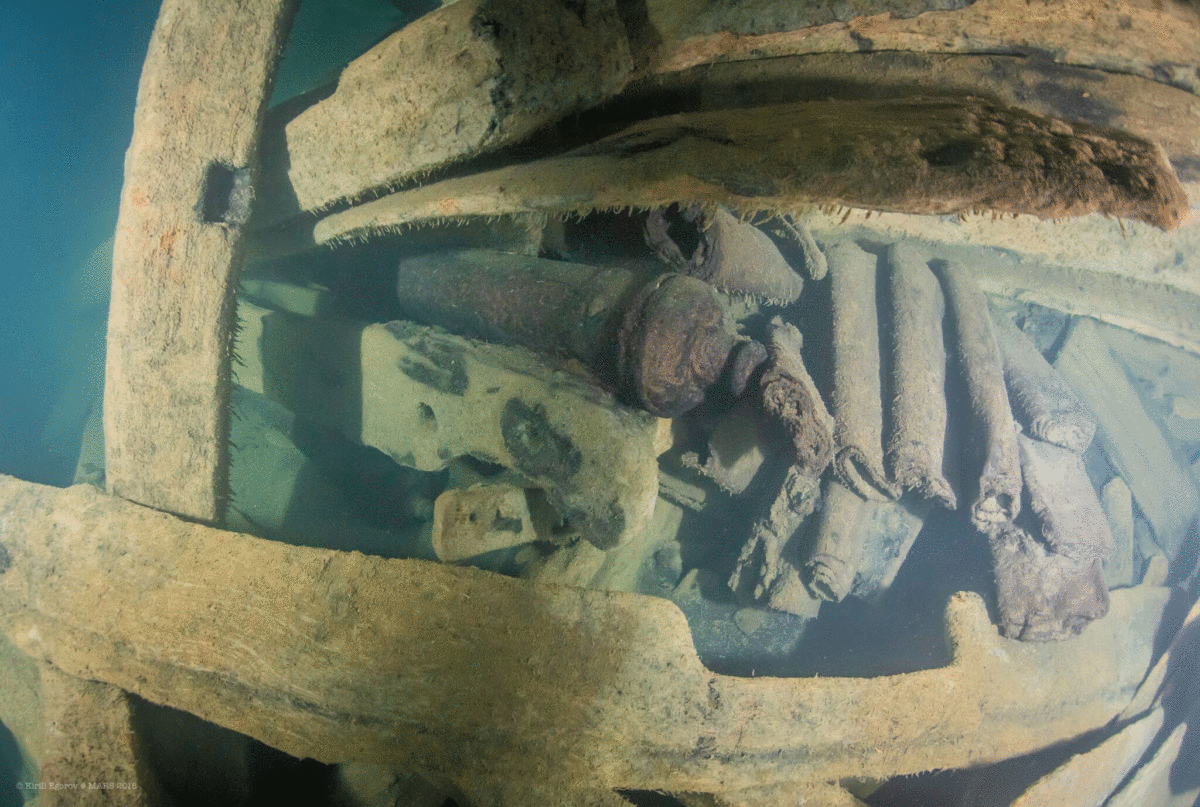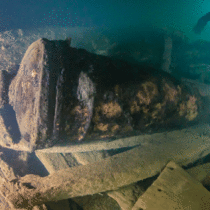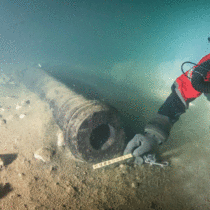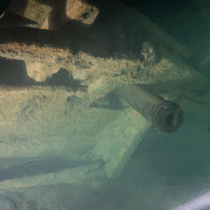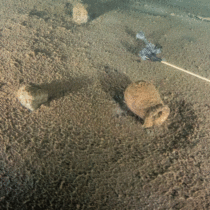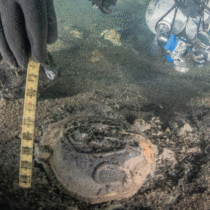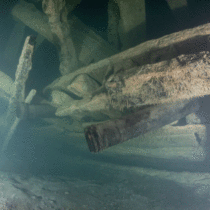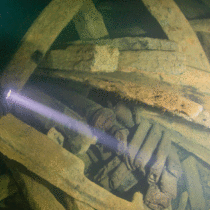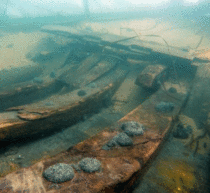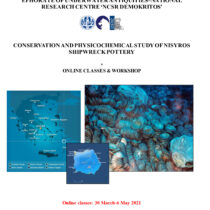Underwater archaeological research at the Mars shipwreck has yielded new findings. The Swedish warship had exploded in the Baltic Sea in 1564 during a battle. Its relic was found at the bottom of the sea in 2011 near Öland, a Swedish island.
Excavation findings from this year include various items which will shed more light to the battle that led to its sinking as well as life on board.
Among the items was a femur with trauma around the knee. Researchers think the trauma was caused by a sharp-edged weapon in the battle. Also, large guns and a hand grenade, arms, armour, helmets and swords found in the area indicate the battle was quite fierce. The most spectacular, perhaps, find this year was a large grapnel, namely a hook in the shape of an anchor which was used at the time to cling onto other ships and board them; its discovery is significant because although they appear in many pictures and descriptions no surviving actual sample had been found before.
When Mars sunk there were 800-1,000 men on board. The gunpowder explosion that led it to the bottom of the sea was caused at the front of the ship and it was so fierce that the front of the ship lies 40 metres away from the other remains.
The discovery of the shipwreck was quite significant because until 2011 historians used written sources to find out about the battle. Now, with more findings surfacing with each exploration of the shiwreck they can find out what is true or not as well as new information about the events that took place between Denmark and Sweden during the Northern Seven Years’ War (1563-1570).
The Baltic Sea provides good conditions for preservation since it is low in oxygen, cold and fresh. The remains of the Mars lay 70 metres beneath the surface, so only professional divers and ROVs can film the site and reach items. The exploration of the shipwreck was carried out by researchers from the Marine Research Institute MARIS at Södertörn University in Sweden, and divers from the diving organization GUE, Västervik Museum, Ocean Discovery, and MMT.
Fifteen divers and ten researchers have participated in the latest exploration of the ship.
